With the tax deadline for most individuals fast approaching on April 30th and the self-employed deadline of June 15th not far behind, you may be wondering how you would go about deducting your home office expenses for the CRA.
For those Canadians who are self-employed, this may be old hat, but with over 20% of Canadians (5 million) working from home in 2021 due to the COVID-19 pandemic, many are deducting home office expenses on their taxes for the first time.
While deducting home office expenses can save on the income tax you owe, actually figuring out how to execute the deduction can be quite confusing, especially if you’ve never done it before.
Thankfully, we’re here to walk you through it and once you’ve mastered the process, you and your business can save a lot when it comes to your tax burden.
Never miss an amazing deal again + get our bonus 250+ page eBook for FREE. Join 50,000 other Canadians who receive our weekly newsletter – learn more.
When can you deduct home office expenses (CRA)?
There are 3 ways you can calculate the deduction of home office expenses for the CRA. They are the following:
- The Temporary flat rate method – For employees who worked from home during the COVID-19 pandemic more than 50% of the time for 4 consecutive weeks or more and may have got some reimbursement from their employer.
- The Detailed Method – For employees who were required to work from home or worked from home due to the COVID-19 pandemic for 50% of the time for 4 consecutive weeks or more and were required to pay for their own home office expenses without reimbursement.
- Business-use-of-home Expenses – This is the method used by self-employed individuals who work from home regardless of the COVID-19 pandemic.
- you were required to work from home in 2020, 2021, or 2022 due to the COVID-19 pandemic (even if you chose to work from home due to the pandemic, you are considered having worked from home due to the pandemic),
- you are only claiming home office expenses and are not claiming any other expenses on line 22900 (“Other Office Expenses”) of your tax form, and
- your employer is not reimbursing all of your home office expenses (It still counts if they’re reimbursing some of your home office expenses).
- you were required to work from home in 2020, 2021, or 2022 due to the COVID-19 pandemic (even if you chose to work from home due to the pandemic, you are considered to have worked from home due to the pandemic),
- you were required to work from home by your employer (this doesn’t have to be a part of your employment contract, it can be part of a verbal agreement).
- you were required to pay for expenses related to the workspace in your home,
- your workspace in your home is where you mainly worked (more than 50% of the time) for 4 consecutive weeks (this period can be longer than a month), or
- you only use your workspace to earn employment income and you also have to use it continually to meet with clients, customers, or other people, while doing work, and
- your expenses are directly applied to your work.
- you have completed form T2200S, which is The Declaration of Conditions of Employment for Working from Home Due To COVID-19 or
- you have completed form T2200, which is the Declaration of Conditions of Employment.
- the workspace in your home is your principal place of business and
- you use the space only for your business income and to meet customers, clients, and patients on a regular and ongoing basis.
- heat,
- electricity,
- water,
- utilities portion (heat, water, and electricity) of your condo fees.
- home internet access fees,
- maintenance and minor repairs, and.
- rent paid for the home or apartment where you live.
- home insurance,
- property taxes,
- lease of electronic device used to earn income (cell phone, laptop, tablet, fax, or more)
- Mortgage interest,
- principal mortgage payments,
- home internet connection fees (as opposed to monthly data costs, which you can claim),
- furniture,
- capital expenses (things that have a permanent presence in your office, such as fixtures, flooring, furnace, etc.), and
- wall decorations
- cases,
- connection or licence fees,
- protection plans, and
- the actual purchase cost of the phone.
- 1.25 points per $1 spent on the first $75,000 in annual purchases
- 1 point per $1 spent afterwards
- air travel redemption chart – 2.33 cents
- transfer to select airline partners – 1.75 cents
- transfer to WestJet – 1 cent
- transfer to Hudson’s Bay – 1 cent
- redeem for any travel through RBC – 1 cent
- 1.75% cash back at Shell
- 1.5% cash back on gas, office supplies, and cellphone/internet bills
- 0.75% cash back on all other purchases
To be quite honest, there’s not much difference between the detailed method and the Temporary flat rate method when it comes to claiming home office expenses if you’re working from home due to the COVID-19 pandemic.
You can actually choose between the 2 depending on which method you prefer to calculate your deductions.
The eligibility criteria for each method is actually pretty straightforward. Let’s go through it.
The Temporary Flat Rate Method
The Temporary flat rate method can be used if the following applied or applies to your work situation:
The Temporary flat rate method allows you to claim $2 of expenses for every day you worked from home in 2020, 2021, or 2022.
The Detailed Method
The detailed method for deducting home office expenses can be used if the following criteria is applied or applies to your work situation:
At the same time as you meet the above criteria, one of the below also applies:
The Detailed Method allows you to claim the employee portion of actual expenses you paid, as long as it’s supported by documents like receipts and you are claiming no other home-office expenses.
Business-use-of-home expenses
You are eligible to claim home-office expenses for the CRA using this method if you meet the following criteria:
Claiming Business-use-of-home expenses allows you to deduct maintenance costs for your workspace, such as heating, home insurance, electricity, and cleaning supplies. You can also deduct a part of your property taxes, mortgage interest, and capital expense allowance.
What are the home office expenses you can claim?
There are 7 expenses that all salaried and commissioned employees can claim whether they are using the detailed or temporary flat rate method. Commissioned employees can claim 3 additional home office expenses.
Home office expenses that you can claim
Here are the home office expenses that everyone can claim whether they are a commissioned employee or a salaried employee:
The additional expenses that commissioned employees can claim related to the use of their home are the following:
Office supplies and phone expenses
If your employer requires you to pay for office supplies or certain phone expenses, you can claim those as well.
When it comes to office expenses, only what is used up when you are directly performing your job can be claimed. In addition, only the expense or portion of the expense you use for work can be claimed, so use that metric when trying to decide how much to claim.
As for cell phone expenses, both salaried and commissioned employees can claim the basic plan, including the minutes and data, as long as the cost is reasonable according to the CRA and the cost is reasonably partitioned between business use and personal use.
You must also be able to show the cell phone minutes or data consumed directly while performing your job and, it goes without saying, that includes the cost.
Limitations to the home office expenses you can claim
Everything claimable, whether you’re using the Temporary flat rate method, or even if you are eligible to claim business-use-of-home expenses during non-pandemic times, has its limitations.
The following expenses are ineligible for consideration and can’t be claimed as a home office expense according to the CRA.
It should be noted that if you do qualify for business-use-of-home expenses, then your mortgage interest can be claimed and any annual capital expenses (such as a computer or other items that depreciate over time) are also eligible to be claimed up to the capital cost allowance.
Often, you cannot claim more than 50% of an item in a given class of ownership. This applies more to real estate but also applies to the smaller things you own that you will get several years of use out of.
As for office supplies, the CRA has a full list of items you cannot claim on its website. What it seems to come down to is you can claim things that are likely to be used up over the course of doing your job, but not things that you could potentially get years of benefit from that have a depreciable value. For example, you can’t claim a printer, but you can claim the printer paper.
When it comes to a phone, you can’t claim the following:
But you can claim long-distance calls made for work for both landline phones and cell phones.
Your home office expenses are further limited if you only worked from home for part of the year. You can only claim expenses for the period of the year you actually worked. If you have multiple income sources, you can only claim expenses related to the income from that particular job.
Also, if your expenses exceed your income, you can only claim home office expenses in the amount of income left after all other expenses have been accounted for. Commissioned employees cannot claim home office expenses if they exceed their actual commission income.
How to maximize savings by claiming home office expenses
If you want to maximize your savings on your income tax return by claiming home office expenses for the CRA, it’s important to follow the instructions exactly at every step along the way.
Confirm you are eligible
First, you must confirm your eligibility to claim the home expenses at all. In all cases, you have to meet all the eligibility criteria in order to claim expenses through either the detailed method or the temporary flat rate method. The criteria for both are outlined in the “When can you deduct home office expenses” section of this article.
Fill in the form
If you are using the Temporary flat rate method, count the total number of days you work from home due to the COVID-19 pandemic and multiply that by $2 a day. Use “Option 1 – Temporary flat rate method” on form T777S – Statement of Employment Expenses for Working at Home Due to COVID-19.
If you are using the Detailed method, you can use “Option 2” on the same form as long as you are not claiming any other expenses and are claiming the full amount paid while working from home. If you are claiming other expenses (the CRA gives the example of motor vehicle expenses) on line 22900 or are filing a return from 2019 or prior, use form T777.
The Detailed method also requires that your employer fill out and sign a completed T2200S or T2200 form – The Declaration of Conditions of Employment for Working at Home Due to COVID-19 or the regular Declaration of Conditions of Employment.
For Buisness-use-of-home Expenses, form T2125 is applicable.
Claim the deduction on your tax return
With the Temporary flat rate method, you can claim up to $400 for 2020 and up to $500 for 2021 and 2022 to a maximum of 200 days in 2020 and 250 days in 2021 and 2022.
When it comes to the Detailed method, you can claim the actual expenses you paid.
First you must calculate the percentage of your home you use as a workspace by getting the area of your workspace, divided by the total finished area of your home and multiplying by 100 before rounding the percentage to two decimal places.
Then, add up all the home office expenses you paid for to get your total and multiply it by the percentage of your home you use for work. This is your expenses amount.
Finally, add up all your maintenance costs for your work area and multiply it by the percentage that represents the area of your home you use for work (if it’s a separate room, use 100%). Add the maintenance costs to your expenses amount to get the number you can claim.
You can also use this calculator to figure it all out.
Meanwhile, Business-use-of-home expenses are calculated by calculating how many hours a day you spend working in the space, divide that by 24 hours and multiply that result by the business portion of your total home expenses.
Comparing both ways to calculate home office expenses (CRA)
If you are working (or worked) from home because of the COVID-19 pandemic, how should you determine whether to use the Detailed method or the Temporary flat rate method to calculate your expenses? Honestly, that depends how easy you want to make the calculation and how much you want to claim based on your circumstances.
The Detailed method
The Detailed method should be used if you paid a significant amount toward home office expenses and were not reimbursed by your employer. Use this method if you want to be able to claim all of your expenses that are eligible.
The Temporary flat rate method
Use this method if you don’t want to have to do a lot of math to calculate your expenses, if the area of your workspace is pretty small, or if you didn’t work from home for very long and don’t have very many expenses in general.
To see when it’s advantageous to use one method over the other quickly, check out the chart below.
| Detailed Method | Temporary Flat Rate Method | |
|---|---|---|
| Amount of expenses | * Use this method if you have many expenses that weren’t reimbursed by your employer. | * Use this method if your expenses aren’t as numerous and relatively small. |
| The size of workspace | * Use this method if you have a dedicated full-time workspace or room. | * Use this method if you didn’t use a workspace for very long, but still are eligible to claim expenses or if your workspace is very small. |
| Speed of calculation | * Use this method if you have time to do a little math. | * Use this method if you’re looking for a quick calculation or rough estimate of expenses or you don’t exactly know all your expenses meticulously. |
Best business credit cards for deducting home office expenses
Another way to earn on your CRA deductions like office supplies and cell phone bills, beyond just saving you money on taxes, is through small business credit cards.
These offer cash back on the common business expenses above.
Here are the best among them:
| Credit Card | Welcome Bonus | Earn Rates | Annual Fee, Income Requirements | Apply Now |
|---|---|---|---|---|
| RBC Avion Visa Infinite Business | 25,000 bonus points (terms) | * 1.25 points per $1 spent on the first $75,000 in annual purchases * 1 point per $1 spent afterwards |
* $175 * $60,000 personal/$100,000 household |
Apply Now |
| BMO CashBack Business Mastercard |  $100 GeniusCash + 10% cash back on gas, office supplies, and recurring cell phone/internet bill payments for the first 3 months (terms) $100 GeniusCash + 10% cash back on gas, office supplies, and recurring cell phone/internet bill payments for the first 3 months (terms) |
* 1.75% cash back at Shell * 1.5% cash back on gas, office supplies, and cellphone/internet bills * 0.75% cash back on all other purchases |
* $0 * None |
Apply Now |
You can also find more credit cards at our compare credit cards page.
For more on the credit cards above and a few others, find out how small business credit cards can help rebuild your small business after COVID-19.
Best rewards credit card for all business expenses
The
That means you get rewarded for every purchase you make (like a CRA deduction on all business expenses and more with no restrictions). You don’t have to worry about whether you made a capital purchase or which purchase category qualifies for a deduction.
This card offers freedom. It’s welcome bonus gives you25,000 RBC Rewards which offer several redemption options (again, flexibility without restrictions).
Here they are in all their glory:
With so many options, you’ll get up to 3% on purchases, which – if you need us to spell it out for you – is very, very good.
All it takes to get this kind of flexibility is a $175 annual fee (which is cheaper than say, some American Express cards) and breaks down to around $15 per month.
You also need $60,000 in annual personal income and $100,000 in household income, which is quite high, but standard when it comes to Visa Infinite cards and their accompanying slate of included benefits.
If that’s giving you second thoughts, remember you’ll likely feel its flexibility is more than a fair trade-off as soon as you start actually using the card.
Best business card for CRA deduction cash back
Finally, we would be remiss to not include at least one card that gives you cash back and the
It’s the best small business no fee option and it gives you the most cash back you can get out of common CRA expenses. These include office supplies and internet/cell phone bills at 10% for the first 3 months up to $150.
After those introductory 3 months, you get the following:
So with this card, not only are you saving on your tax bill if you claim office supplies and internet or cell phone costs with the CRA, but you’ll get extra cash along with your tax refund. Plus, you don’t have to fill out any forms.
Comparing the best business credit cards
Since office supplies are such a commonality between small business credit cards and qualifying deductions available through the CRA, we thought you’d like a closer look at the earn rate for office supplies among the 3 credit cards above to help you decide what card to go with in the end.
As you can clearly see, when it comes to earn rates on office supplies, the
What about you?
Have you filed your taxes yet for 2021? If so, how did you find the process of claiming home office expenses and which calculation method did you go with? Let us know in the comments below.
FAQ
Why should I deduct home office expenses for the CRA?
Deducting your home office expenses for the CRA will help to lessen the amount of income tax you will have to pay and help you get money back on expenses you already paid for during the year.
How do I deduct home office expenses for the CRA?
If you worked from home due to the COVID-19 pandemic, you can either use the Temporary flat rate method or the Detailed method to calculate expenses. If you’ve always had a home business, use the Business-use-of-home calculation as you normally would.
Is it easy to deduct home office expenses for the CRA?
Yes, the instructions are relatively straightforward. The easiest way to deduct expenses due to the COVID-19 pandemic is to use the Temporary flat rate method, which entitles you to $2 for every day you worked from home up to $500 for 2022 and up to 250 days of working from home.
What are the other ways to save money on home office expenses?
Many small business credit cards will give you cash back or rewards points on office supplies or typical capital expenses used for a business like electronics. Many capital expenses can’t be reimbursed for if you worked from home due to COVID-19, so certain credit cards are the only way to get something back for these particular expenses.
Can my employer cover my home office expenses?
Yes. Your employer can cover your home office expenses, but if they do so 100%, you will be ineligible to claim home office expenses as part of your tax return. However, if home office expenses were covered only partially, you can still claim those expenses that weren’t covered and that you had to pay for.
creditcardGenius is the only tool that compares 126+ features of 229 Canadian credit cards using math-based ratings and rankings that respond to your needs, instantly. Take our quiz and see which of Canada's 229 cards is for you.




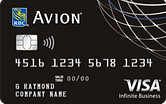

 ×1 Award winner
×1 Award winner 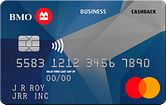





 GC:
GC: 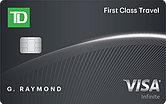

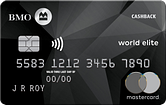
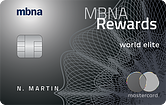


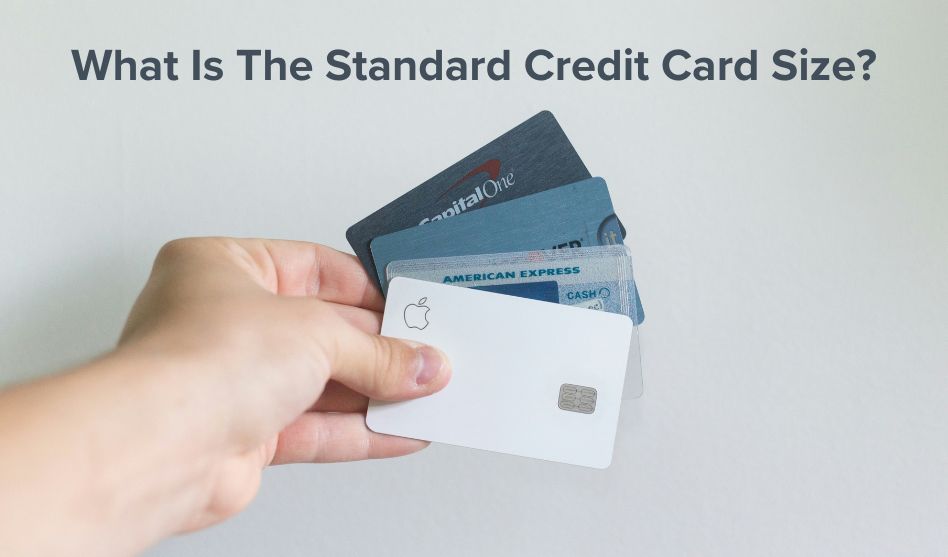










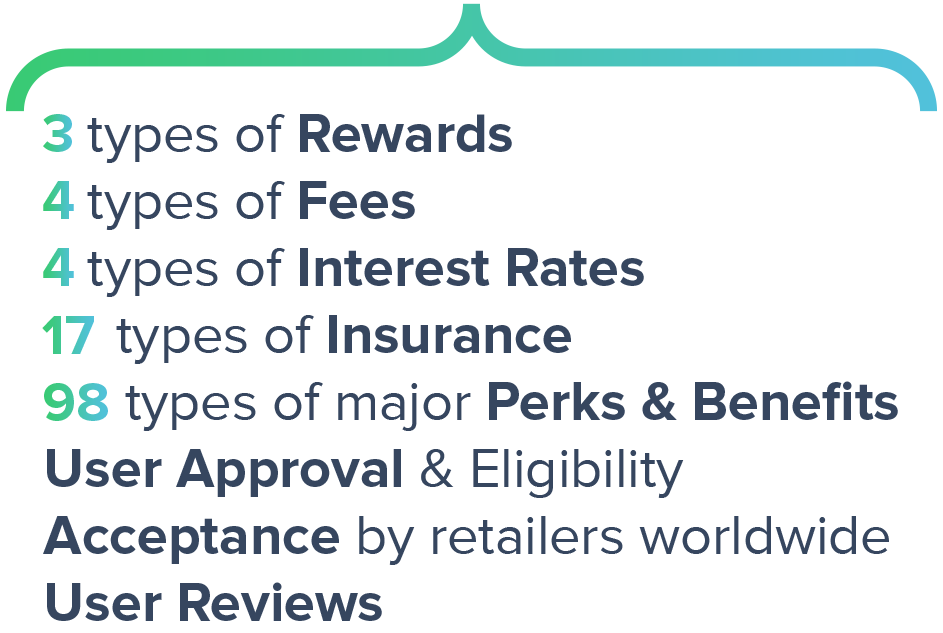
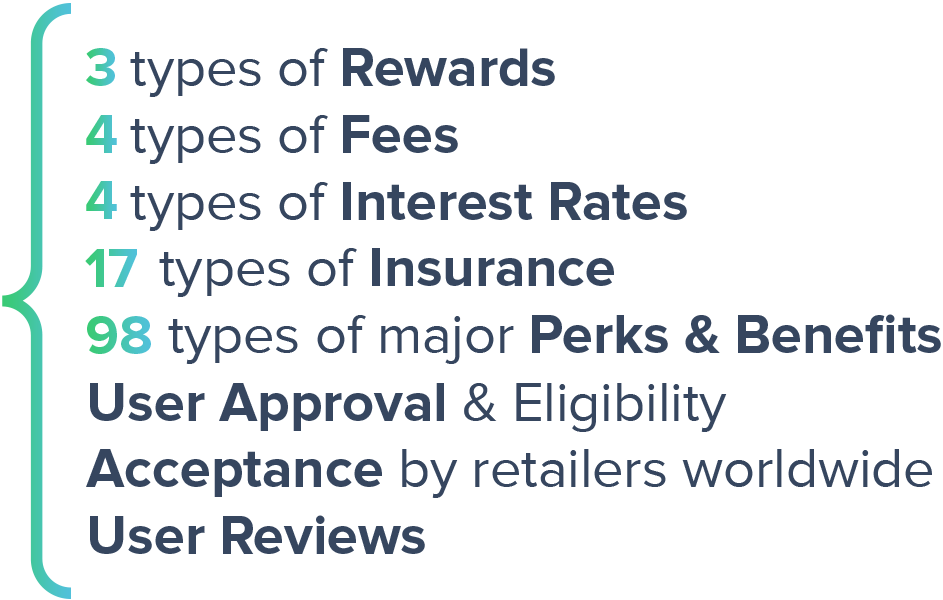















Comments
Leave a comment
Required fields are marked with *. Your email address will not be published.
Showing 2 comments